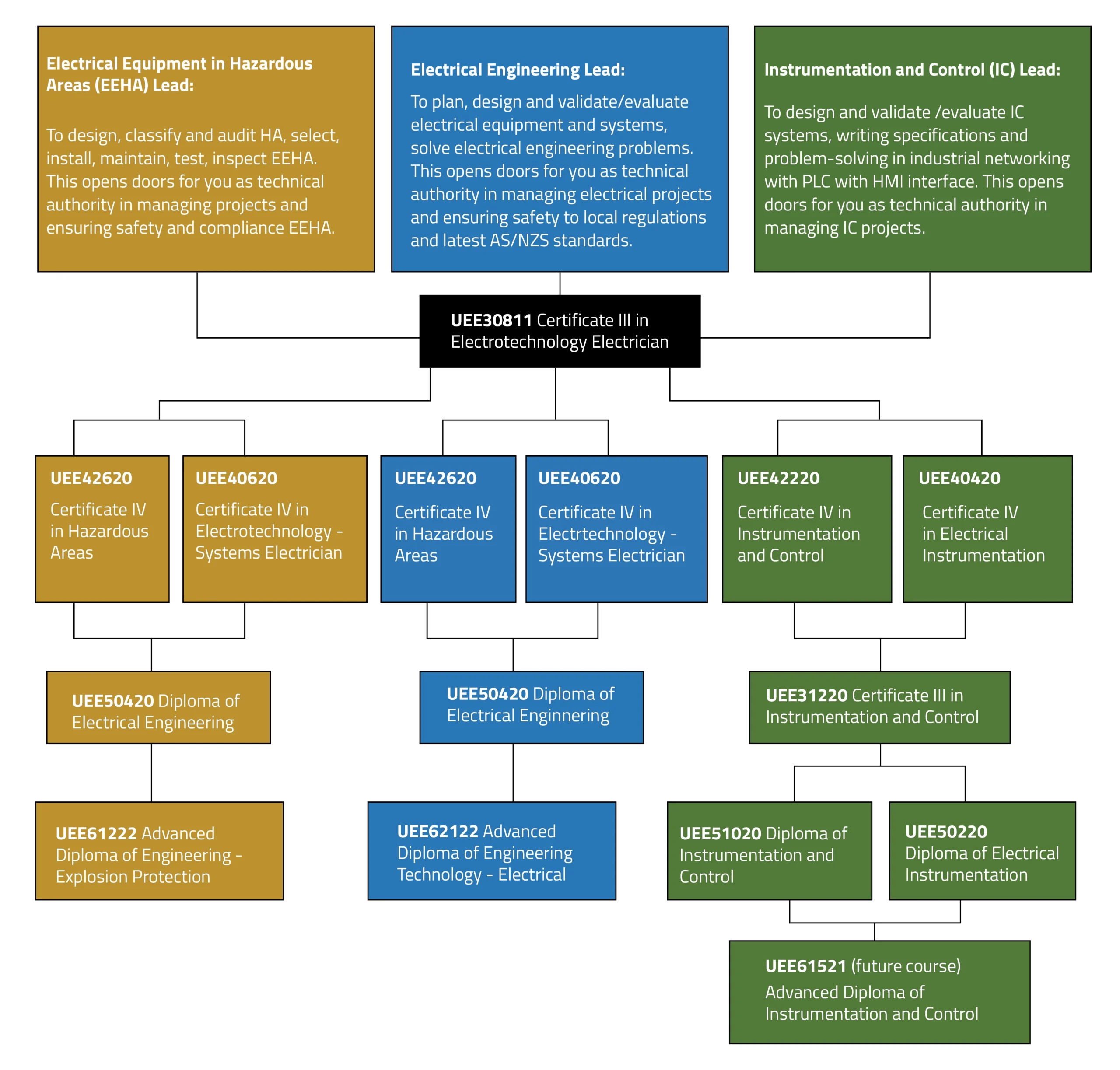Not known Facts About Roar Solutions
Table of ContentsGet This Report on Roar SolutionsThe 5-Minute Rule for Roar SolutionsSome Known Facts About Roar Solutions.
In order to secure setups from a prospective surge an approach of evaluating and identifying a possibly unsafe area is needed. The purpose of this is to guarantee the proper option and installation of devices to eventually stop a surge and to make sure safety of life.

No equipment needs to be set up where the surface temperature level of the equipment is higher than the ignition temperature level of the offered danger. Below are some typical dirt hazardous and their minimal ignition temperature level. Coal Dust 380C 225C Polythene 420C (melts) Methyl Cellulose 420C 320C Starch 460C 435C Flour 490C 340C Sugar 490C 460C Grain Dust 510C 300C Phenolic Material 530C > 450C Aluminium 590C > 450C PVC 700C > 450C Residue 810C 570C The likelihood of the danger being present in a focus high adequate to cause an ignition will vary from area to area.
In order to identify this danger an installation is separated right into locations of danger depending upon the amount of time the dangerous is present. These locations are described as Zones. For gases and vapours and dusts and fibres there are 3 areas. Area 0 Area 20 An unsafe ambience is highly most likely to be present and might be present for extended periods of time (> 1000 hours annually) or even constantly Zone 1 Area 21 An unsafe ambience is possible yet unlikely to be existing for extended periods of time (> 10 450 C [842 F] A category of T6 indicates the minimal ignition temperature level is > 85 C [185 F] Harmful area electrical equipment possibly developed for use in greater ambient temperature levels. This would suggested on the ranking plate e.g. EExe II C T3 Ta + 60C( This implies at 60C ambient T3 will certainly not be surpassed) T1 T1, T2, T3, T4, T5, T6 T2 T2, T3, T4, T5, T6 T3 T3, T4, T5, T6 T4 T4, T5, T6 T5 T5, T6 T6 T6 A T Class ranking of T1 means the optimum surface temperature generated by the instrument at 40 C is 450 C. Thinking the associated T Class and Temperature level score for the equipment are ideal for the location, you can always use a tool with a much more rigid Division rating than needed for the area. There isn't a clear solution to this inquiry regrettably. It truly does depend upon the kind of equipment and what repair work need to be accomplished. Tools with specific examination treatments that can't be performed in the area in order to achieve/maintain 3rd event rating. Have to return to the manufacturing facility if it is prior to the tools's service. Area Repair Service By Authorised Worker: Complex testing may not be called for nevertheless specific treatments might need to be followed in order for the tools to preserve its 3rd party rating. Authorised personnel need to be employed to do the job properly Repair need to be a like for like replacement. New element have to be taken into consideration as a direct substitute calling for no special screening of the tools after the repair work is full. Each piece of devices with a dangerous ranking ought to be reviewed independently. These are detailed at a high level below, however, for even more detailed info, please refer straight to the standards.
The Ultimate Guide To Roar Solutions
The tools register is an extensive data source of tools documents that consists of a minimum collection of areas to identify each product's place, technological criteria, Ex-spouse category, age, and environmental data. The ratio of Thorough to Close examinations will certainly be identified by the Devices Danger, which is examined based on ignition risk (the likelihood of a resource of ignition versus the chance of a flammable atmosphere )and the hazardous area classification
( Zone 0, 1, or 2). Carrying out a durable Risk-Based Inspection( RBI )approach is crucial for making certain conformity and safety and security in managing Electrical Equipment in Hazardous Locations( EEHA).
The Greatest Guide To Roar Solutions

In terms of eruptive threat, a hazardous area is an environment in which an explosive atmosphere exists (or may be anticipated to be existing) in quantities that need special precautions for the building and construction, installment and usage of devices. hazardous area course. In this write-up we discover the obstacles dealt with in the work environment, the risk control actions, and the called for proficiencies to work safely
It issues of contemporary life that we manufacture, save or take care of a series of gases or liquids that are deemed combustible, and a variety of dusts that are deemed flammable. These compounds can, in certain conditions, create explosive ambiences and these can have major and heartbreaking repercussions. A lot of us recognize with the fire triangle get rid of any type of one of the three elements and the fire can not take place, however what does this mean in the context of hazardous locations? When damaging this down into its simplest terms it is essentially: a combination of a certain amount of release or leakage of a specific material or product, blending click for info with ambient oxygen, and the visibility of a source of ignition.
In a lot of circumstances, we can do little about the levels of oxygen in the air, yet we can have significant influence on resources of ignition, for example electrical tools. Dangerous locations are recorded on the dangerous location category drawing and are recognized on-site by the triangular "EX" indication. Below, amongst various other key info, zones are split right into three types depending upon the threat, the possibility and duration that an eruptive ambience will certainly exist; Area 0 or 20 is deemed the most dangerous and Zone 2 or 22 is considered the least.
Comments on “Not known Details About Roar Solutions”